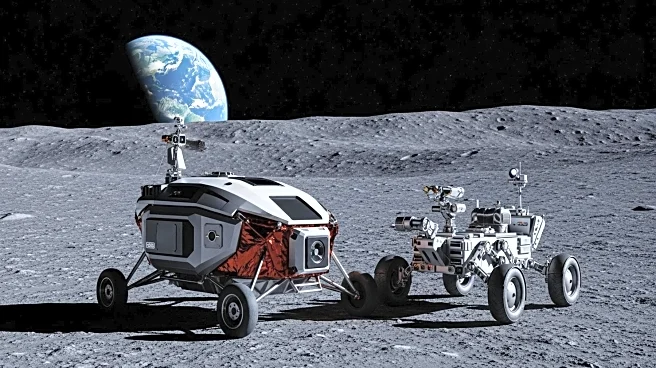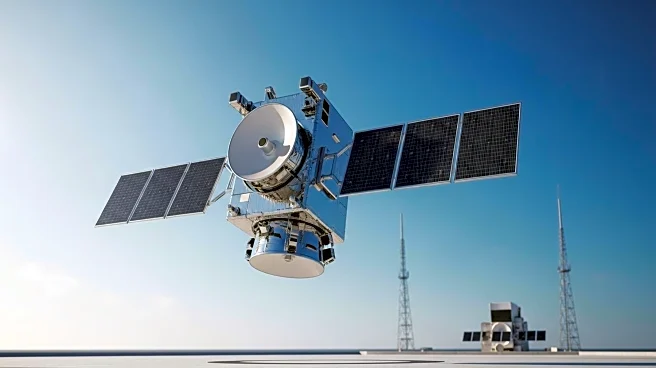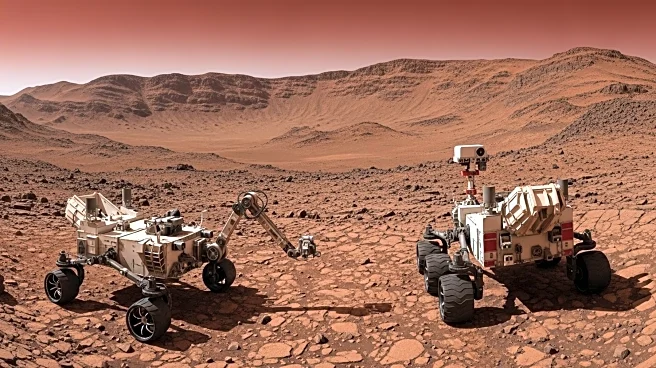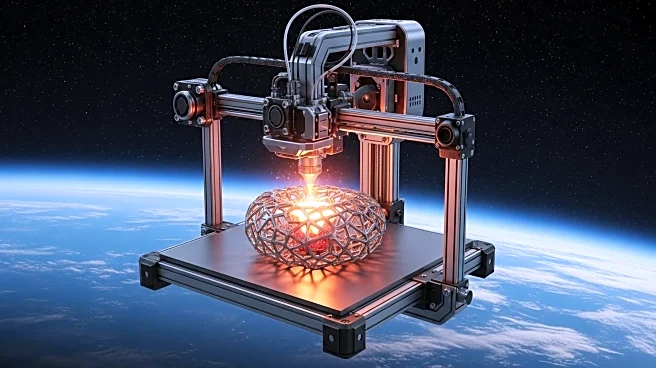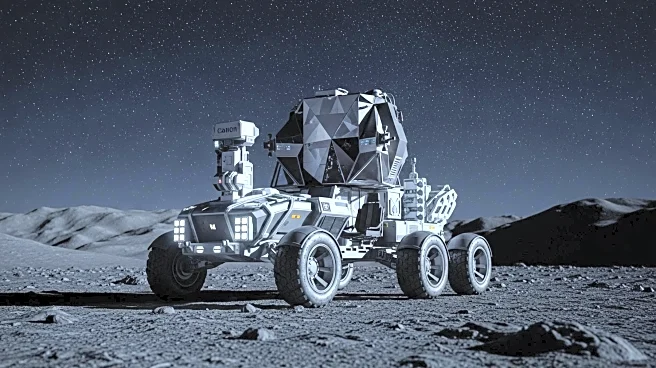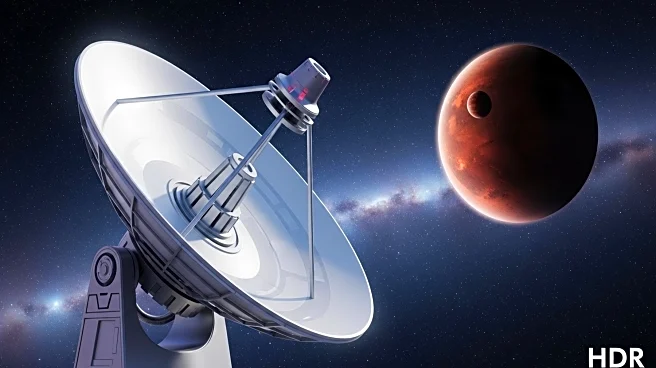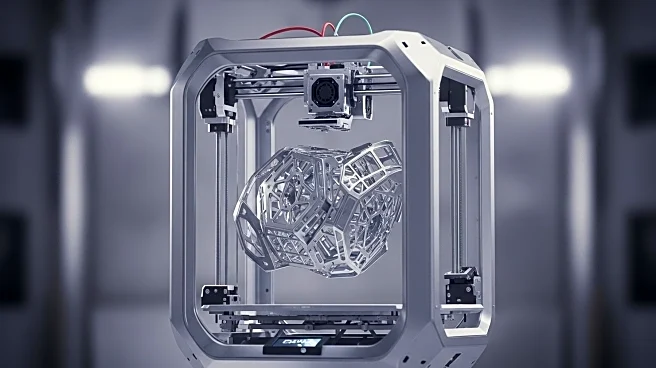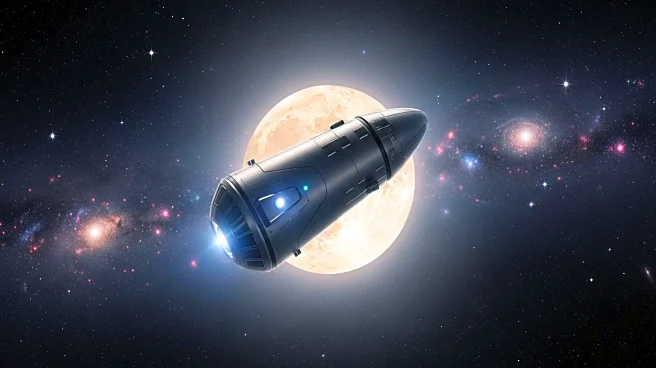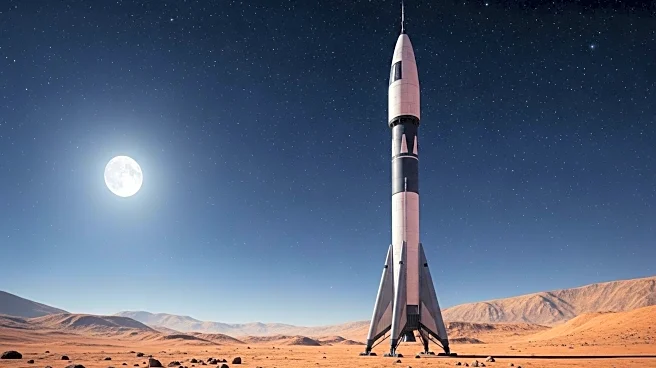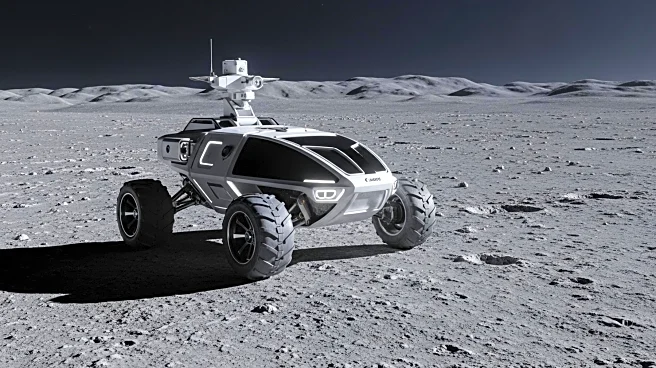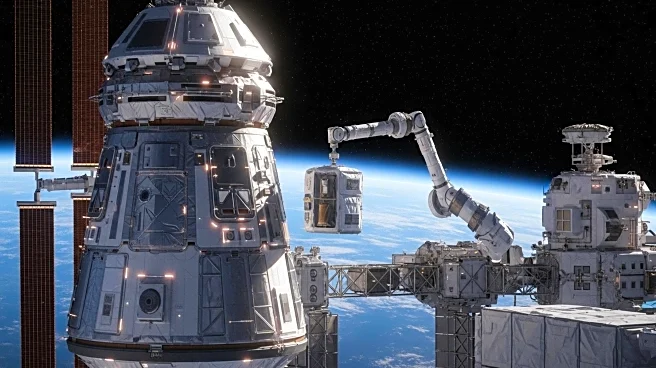What is the story about?
What's Happening?
NASA's satellite swarm mission, Starling 1.5+, has successfully demonstrated enhanced autonomous operations in space. The mission tested Distributed Spacecraft Autonomy (DSA) software, allowing the swarm to make decisions and coordinate actions independently. The swarm used crosslink radios to communicate changes in Earth's ionosphere, developing collaborative observation plans autonomously. The mission also tested the swarm's ability to transfer large files using a method inspired by torrent technology, enabling efficient data sharing and autonomous software updates.
Why It's Important?
The success of the Starling 1.5+ mission marks a significant advancement in autonomous space operations. By reducing the need for constant human oversight, NASA can operate spacecraft swarms farther from Earth, such as at the Moon or Mars, where communication is limited. This autonomy is crucial for future deep space missions, potentially supporting human exploration and expanding our understanding of the universe. The ability to autonomously navigate and manage systems could lead to more efficient and cost-effective space missions.
Beyond the Headlines
The development of autonomous spacecraft swarms raises ethical and operational considerations. As autonomy increases, ensuring the safety and reliability of these systems becomes paramount. The ability to make independent decisions in space could lead to unforeseen challenges, requiring robust protocols and safeguards. Additionally, the integration of autonomous technology in space exploration may influence international collaboration and competition, as countries seek to leverage these advancements for strategic and scientific gains.
AI Generated Content
Do you find this article useful?


